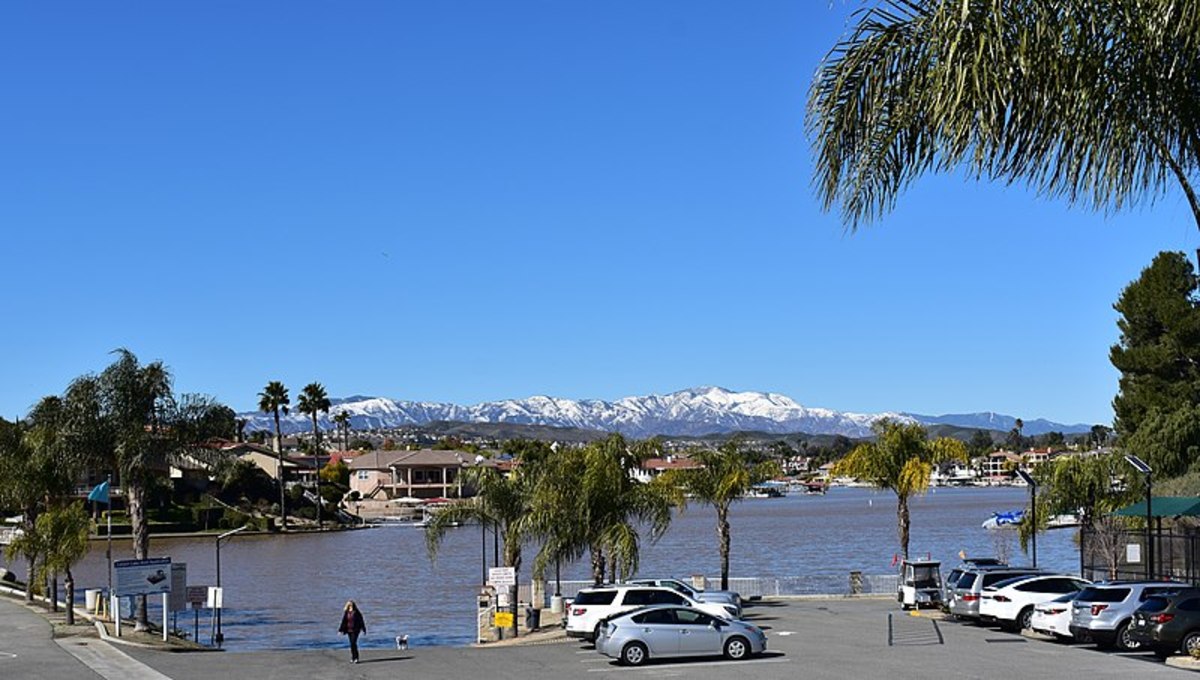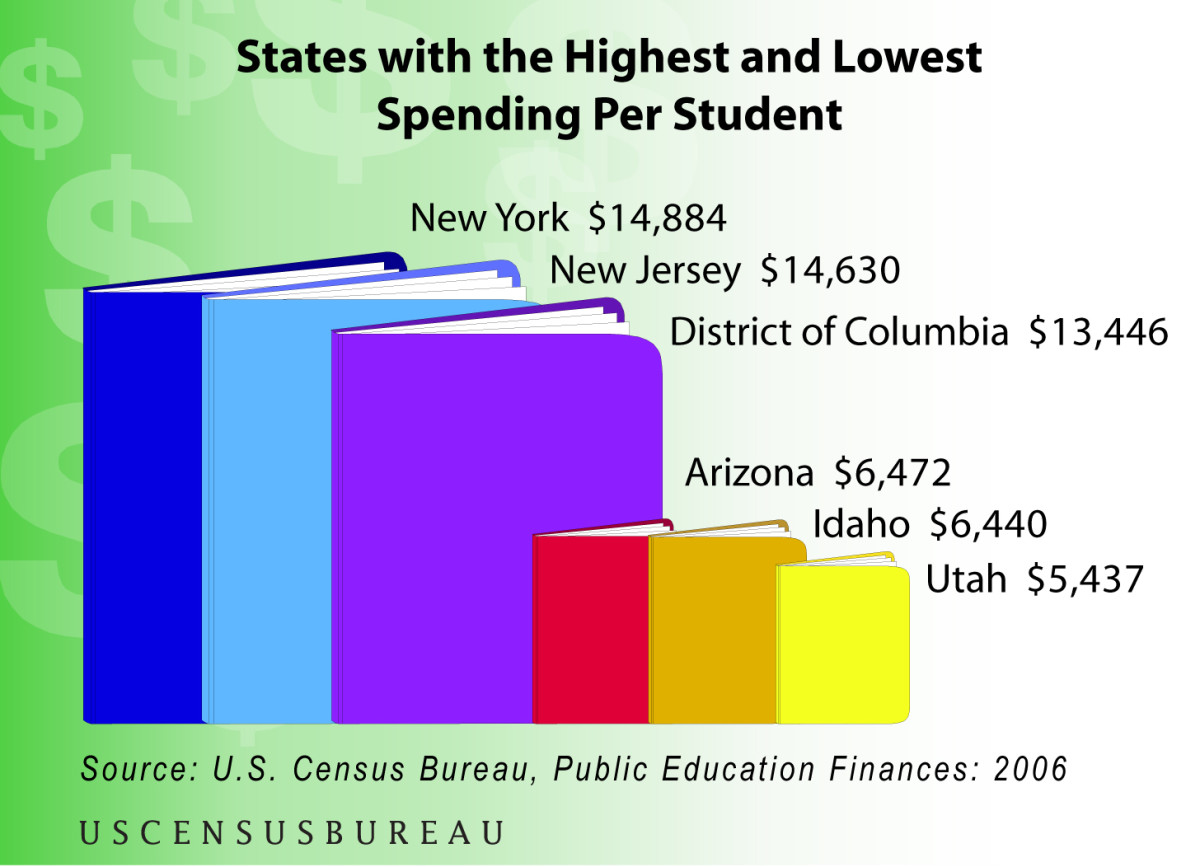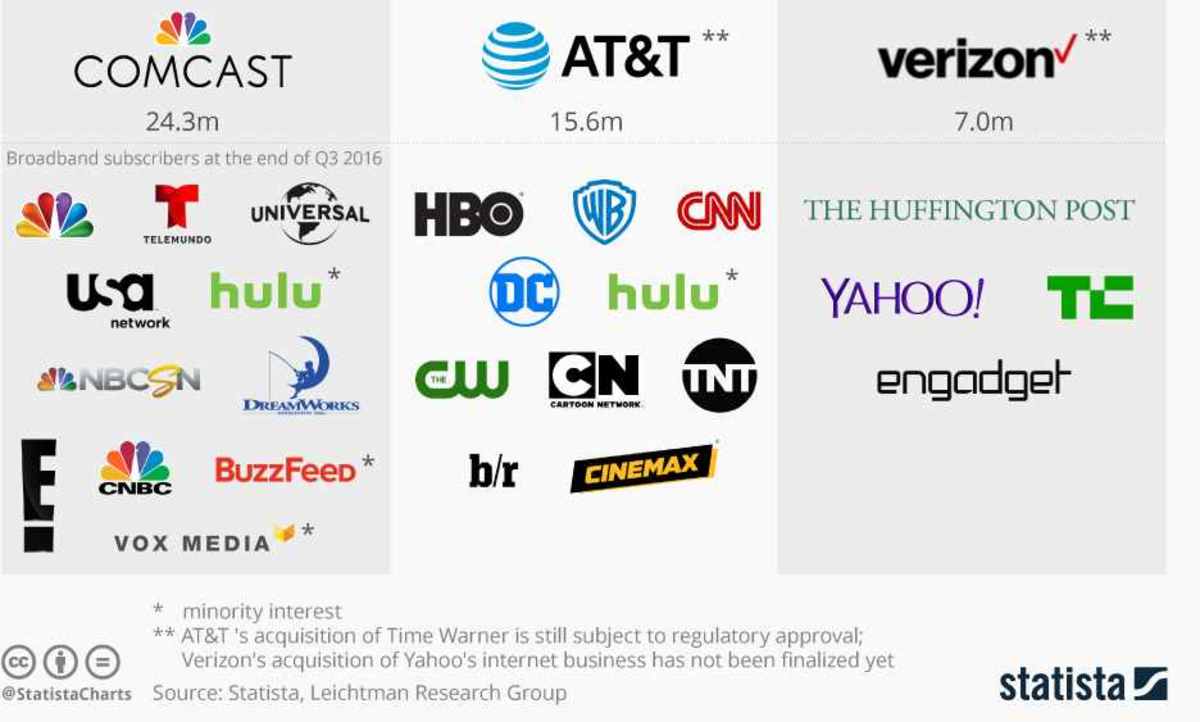Education - Solution 2 - Revamp How Education is Funded in America
Funding Education is Fundamentally Flawed
LET ME COME RIGHT OUT AND SAY IT. HOW America funds education is at the root of many of the problems we have been and are still experiencing today. It clearly has a heavy hand in the discrimination that is still rampant in our education system. It is at the bottom of why school districts all over the country are struggling to meet their fiduciary and programmatic duties to the children they are responsible for. Funding issues provide the vehicle for politicians, on both the Left and the Right, to play politics with the national security of this country by holding quality, basic education hostage to their ideological fundamentalism. If I were one of those ideologues on the extreme Left or Right, using their hyperbole and argumentative tactics, I would be calling them traitors to this country by what appears to me a purposeful disinterest to the educational needs of our children which leads directly the disintegration of our educational system for the sake of their ideology! But I am not, so I won't.
What IS true, of course, is that our school systems are dying, right in front of our eyes. How America funds (not necessarily the amount) schools has a large part of the blame; it certainly isn't the teacher's unions or overpaid teachers, as the Right's propaganda machine states outright, and it isn't always the lack of money, as the Left whines about ... a lot. So what to do about it? I say scrap the current system, which hasn't responded to 50 years of tinkering, and start all over again, intelligently.
Link to CORRIDOR SHAME: The Neglect of South Carolina Rural Schools Video
- CORRIDOR OF SHAME: The Neglect of South Carolina's Rural Schools
Corridor of Shame: the Neglect of South Carolina's Rural Schools offers a stark portrayal of the challenges rural school districts face. Struggling with the effects of reduced state funding over the past several years.
Sources of Funding and Its Negative Impact
The primary source of funding for our schools in many states are county or parish property taxes, local bond and other tax levies, and fund raising by individual schools. This is followed by distributions from the state general fund, which fluctuates wildly based on political winds, not actual need. Counter to the message America hears from the Right, less than 10% of funding currently comes from the federal government. The end result of this method of funding our schools and teaching our children is a huge disparity in funding between schools from district to district within a state as well as between states themselves. This is dramatically demonstrated from Chart 1 below.
It should be clear that the amount spent per student does influence how well they perform on standard tests; as a rule. the more spent per student, the better they do. But, it isn't the only factor, and, after a certain funding level, not even the most important.
Expenditure per Student and Test Scores
State
| $/Pupil
| Rank
| Teacher Salary (2010$)
| Math Score
| Reading Score
|
|---|---|---|---|---|---|
New York-12.6
| $12,957
| 2
| $70,785
| 241
| 244
|
Connecticut-13.2
| $12,564
| 3
| $63,733
| 245
| 250.5
|
New Jersey-13
| $11,604
| 5
| $64,188
| 247
| 251
|
Alaska-15.5
| $10,338
| 13
| $59,157
| 237
| 235
|
Pennsylvania-15.2
| $8,760
| 25
| $57,567
| 244
| 247.5
|
Arkansas-14
| $7,157
| 42
| $48,581
| 238
| 237
|
Oklahoma-15.4
| $7,022
| 44
| $43,720
| 237
| 238
|
Alabama-15.5
| $6,811
| 46
| $46,704
| 227
| 235.5
|
Mississippi-16.1
| $6,586
| 47
| $45,207
| 228
| 231
|
Utah-22.3
| $6,112
| 50
| $42,655
| 240
| 242.5
|
High
| 252
| 254
| |||
Median
| 239
| 241
| |||
Low
| 227
| 229
|
Chart 1 - # in Column 1 are avg class size
Source: National Center for Education Statistics
Funding is Different and Uncertain
I will be referring to Chart 1 later on as well.
Along with being responsible for huge disparities in school funding levels between states, and by extension, between local jurisdictions within states, the way schools are funded today is also responsible for unreliable funding streams over time. Schools simply cannot depend on a stable budget on which to make future plans; how ridiculous is that??
Besides the obvious problems caused by the current financial crisis, the most stressing phenomenom today is the ever increasing number of states who are putting caps on property taxes, the major source of funds for most schools, causing more funding uncertainty which makes planning even that more difficult. This is not to say I am against tax caps, I almost always vote for them because I have seen friends in Virginia lose their homes from skyrocketing property values followed by skyrocketing taxes. What I am against is having schools depend on property taxes for funding ... beginning to see where I am going and why?
Even funding schools through local bonds or tax levies fail. They are simply too undependable as a source of funds, too subject to the whims and emotions of the voters and the intrigues of the local school boards and politicians. I lived with this kind of uncertainty from 1998 to 2007 on a very small scale as a program manager of an information system that supported the Air Staff and Air Force Secretariat at the Pentagon as well as the several Air Force major commands scattered around the world. My funding started at $3.7 million annually in 1998 and by 2005 had dropped to $2.5 million. Did my requirements go down, not on your life, I was in the Air Force remember so up, up, and away was the watchword with everything except budgets . When all of the dust settled, I had cut the program so much that one mishap would have brought it to a screeching halt. The year I retired from the civil service, Air Staff asked the new program manager to provide a new capability. He had no choice to tell them no, there was no slack left in our ... er ... his budget. Let me tell you, that is hard to do when the next level up is the Chief of Staff of the Air Force. Long story short, the dog (I'm not bitter, lol) got a million dollar increase in funding!
The point of my story, of course, is I couldn't plan; I didn't know how much money I was going to have next year, hell, in the latter years I didn't even know if I could keep the money I had in the current year. I couldn't tell my contractor what he could count on in the current year or the next year. Since Congress refused to pass a budget on time, come September, I couldn't tell my contractor if I was going to be able to pay them in October. (We finally worked out a way to provide funding with something called "no year" money, which meant I wasn't tied to the appropriation cycle anymore. And you thought us government workers had it easy, lol). Well, the schools are faced with the same problems except orders of magnitude worse.
I hope I have made enough of a point to be able to move on; if not, let me know. Aside from the little bit I have discussed so far, simple observation over the last, oh say, 100 years, of the ups and downs and struggles and twisting and turnings our schools have gone through trying, against all odds, to provide a quality education should convince you something has got to change.
Stable and Certain Funding is Needed
IF our schools are to survive and our children are to get the consistent, quality education they and our nation need, how we fund our schools MUST change, don't you see. But how?
First- A minimum dollar amount per student must be established that will apply to all public students across the nation. The amount would be established to achieve average standardized scores that meet national security needs. There is enough data out there where this should not be to hard to establish empirically. It is another matter when politics enters the picture and it wouldn't be the first time when stupidity stops a national priority dead in its tracks. Anyway, this minimum would apply to public and private schools but not home schooling. States and private schools could supplement this minimum as they wish.
Second - A somewhat stable funding source must be found. This would be a combination of federal and state funds but only for public schools. I would propose a federal sales tax of 6% on all goods and services. Today there is roughly 50 million students in K through 12 grades in public schools. Also today our gross national product for personal consumption is around $10 trillion annually. If we assume that the minimum cost per student ends up being $12,000 that means we would need around $600 billion annually. (Before you flip out over a huge new tax increase, wait until you read the fourth suggestion below.) While basing school funding on GDP is more stable than many other choices, it is still subject to variations due to economic conditions so a method of distribution must be created to help stabilize and make funding even more predictable.
Third - This can be accomplished with an organizational structure devised to deliver funds as required and planned for even in the face of budgetary constraints. I would propose something like the industrial funds used by the military depot repair facilities but with a twist.
- Where the military service organizations that use the depot repair services "pay" for the depot maintenance they need done based on "rates" set by the depot - in our case it would be the sales tax receipts that pays for the educational services.
- The depot draws money from the industrial fund as needed to make the repairs and at the end of the year they tally up their income statement to see if they made money or lost money.
- Since their goal is to break-even, if they "lost" money, they raise their rates (raise the sales tax rated in our case) to their "customers" and if they "made" money they would lower their rates (lower the sales tax rate in our case) to their "customers" for the next year.
- Each year, each depot would make a five year budget and based on the services training and operational plans, which drove equipment usage, they would forecast demand and from that their expected income and expenses.
- In normal, and even in many abnormal, times they were protected from the turbulent seas of economic turmoil by the breakwater provided by the barrier of the industrial fund. The same could be true for schools if they operated under the same concept
- None of this is new or original. It has been tried and tested and proven to work.
There should be no problem operating a scheme like this under shared federal/state responsibility. From my background, the federal government would be the equivalent of the Air Logistics Command and each state would be equivalent the several Air Logistic Centers (depots) that were subordinate units. Each state would prepare a future years budget which, essentially, would be the sum of each school districts future years budgets and send it to the appropriate federal agency for coordination. Funds would be distributed back down to the state according to the approved budgets where the states can add any other funding they so choose.
Fourth- The states must be required to offset the initial 6% federal sales tax with decreases in first their own sales taxes then other taxes to match the increase. The federal sales tax should be as neutral to the citizen as possible since they are already paying for the education one way or another. All that is happening is a 1) a shift in where the funds come from and 2) a slight increase in overall funding per student nationally.
Obviously, many details would need to be worked out. One of the biggest being what to do about the states whose expenditures per student is less than what is chosen to be the minimum amount needed and those states who spend more. The disparity will be a very sticky problem but it is not unsolvable. All of these ideas are pragmatic and can be accomplished; there is nothing new or inventive about them. Obviously, they are politically explosive!
A Word About the Information from the Chart 1
I THOUGHT I WOULD REHEARSE A LITTLE on some of the results that can be seen Chart 1. First, let me note that the numbers to the left of the state names are average class sizes for that state.
The first thing that jumps out at you is that:
- 3 of the 4 top 5 spenders per student scored slightly above to well above the average for both math and reading scores while the 13th place state, Alaska scored slightly below average.
- But 4 out 5 bottom 8 spenders per student scored slightly below to well below average for both math and reading scores while the 50th place spender, Utah, scored slightly above average.
- Pennsylvania, which placed 25th in spending, placed moderately above average in both math and reading scores.
The next thing to notice is that teachers salaries follow the same pattern, as you would expect. They should be highly correlated with cost per student but even so you can't read too much into this data without additional data to "normalize" the salary information with regional cost of living data.
The third thing that is telling is class size. Just glancing at the numbers suggest that there is a negative correlation between class size and test scores. In fact, when running the Pearson Correlation test, there is a small negative correlation for the math scores and a little stronger, but still small correlation with the word scores. This implies that smaller class sizes do improve learning.
The fourth take-away from this set of data are two anomalies, Utah and Pennsylvania. First, we have the case of Utah. It has the highest average class size by far, it ranks 50thout of 50 states in dollars per student, and is on the low end of teachers salaries (but it looks like a higher percentage of their budget goes toward teacher's salaries than most states). Yet, yet, they turn out students withslightly higher than average test scores for both Math and Reading. Without a doubt, Utah is doing something very right and should be studied.
Similarly, but not as dramatically, Pennsylvania has a moderate class size, a moderate cost per student expenditure, but a high teachers salary that, like Utah, represents a more significant portion of their budget than most other states. Pennsylvania's test scores are moderately above average. Again, they are doing something very right and should be studied as well.
Both Utah and Pennsylvania, from this simple and cursory analysis, clearly show that results can be achieved even when the normal drivers aren't present, low class size and reasonable funding per student. They appear to be more efficient and effective in educating their kids.. The question is, If they were able to allocate more resources to their schools and be guaranteed significantly more stability in the funding streams over time, would the results be significantly better? I think they would.
© 2010 Scott Belford








